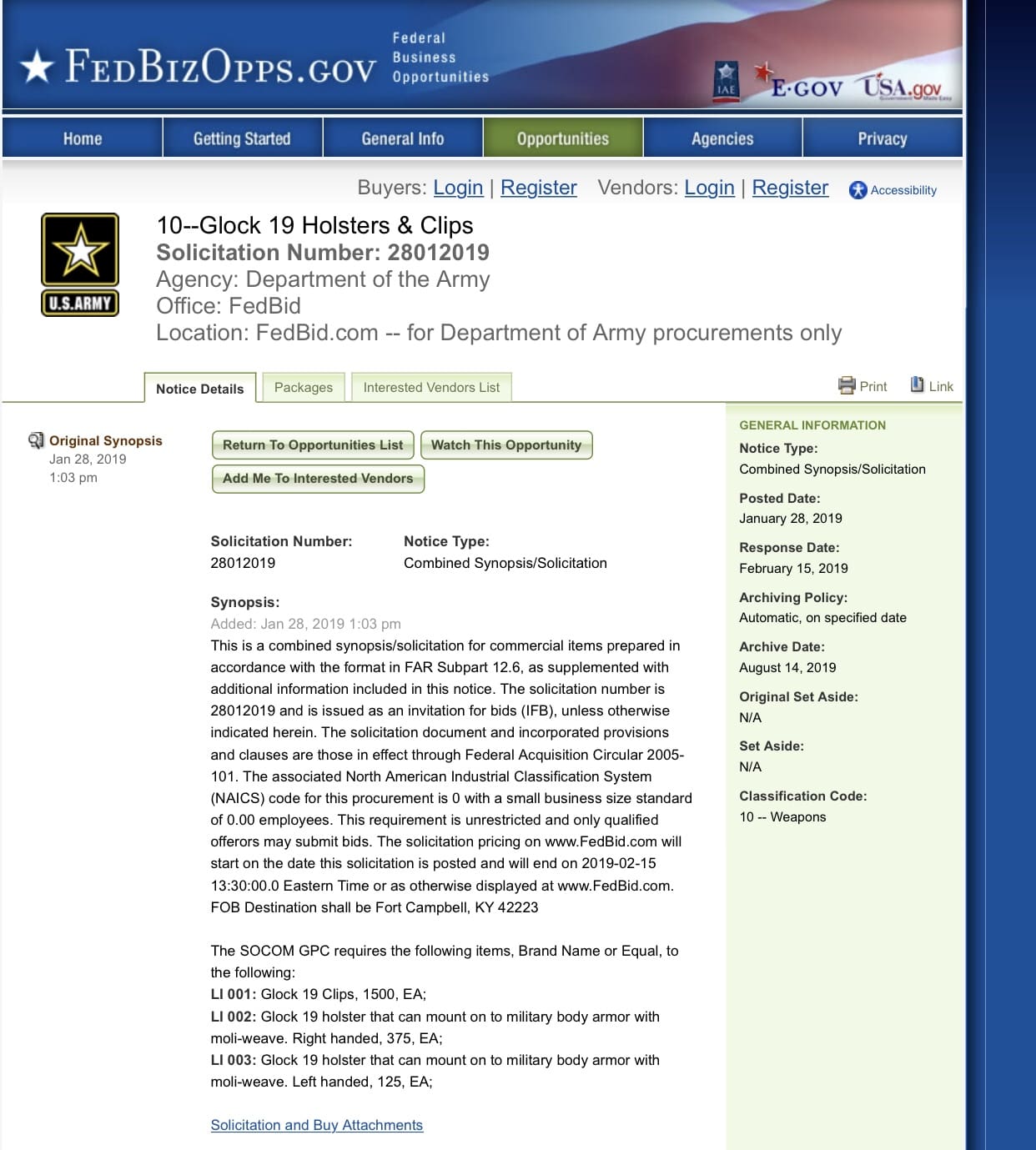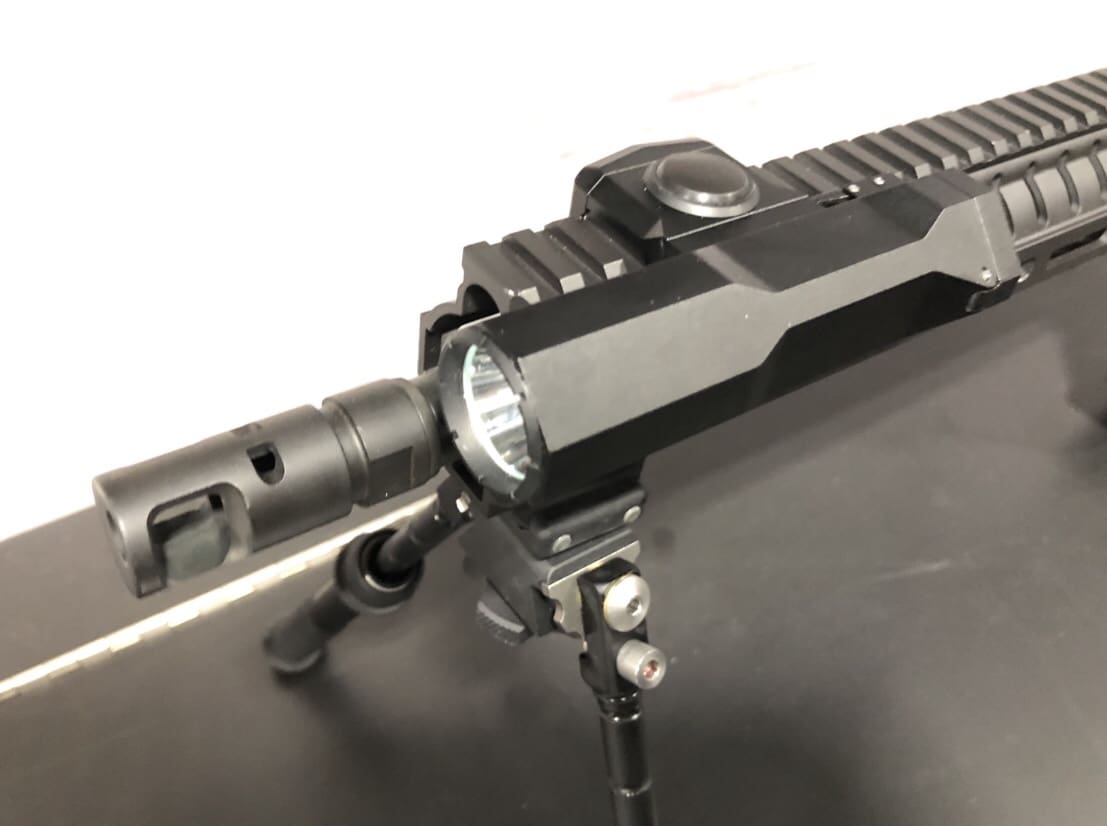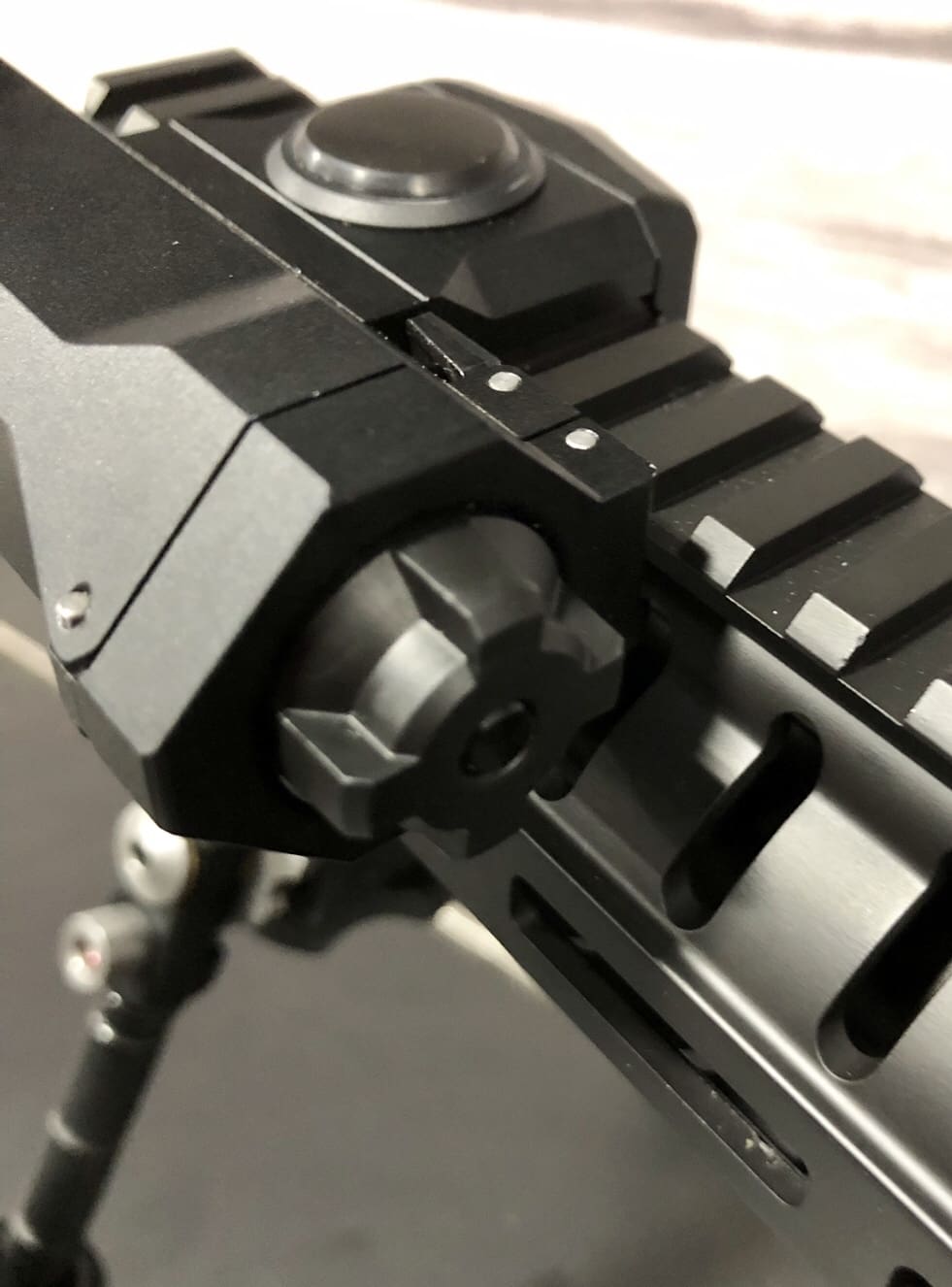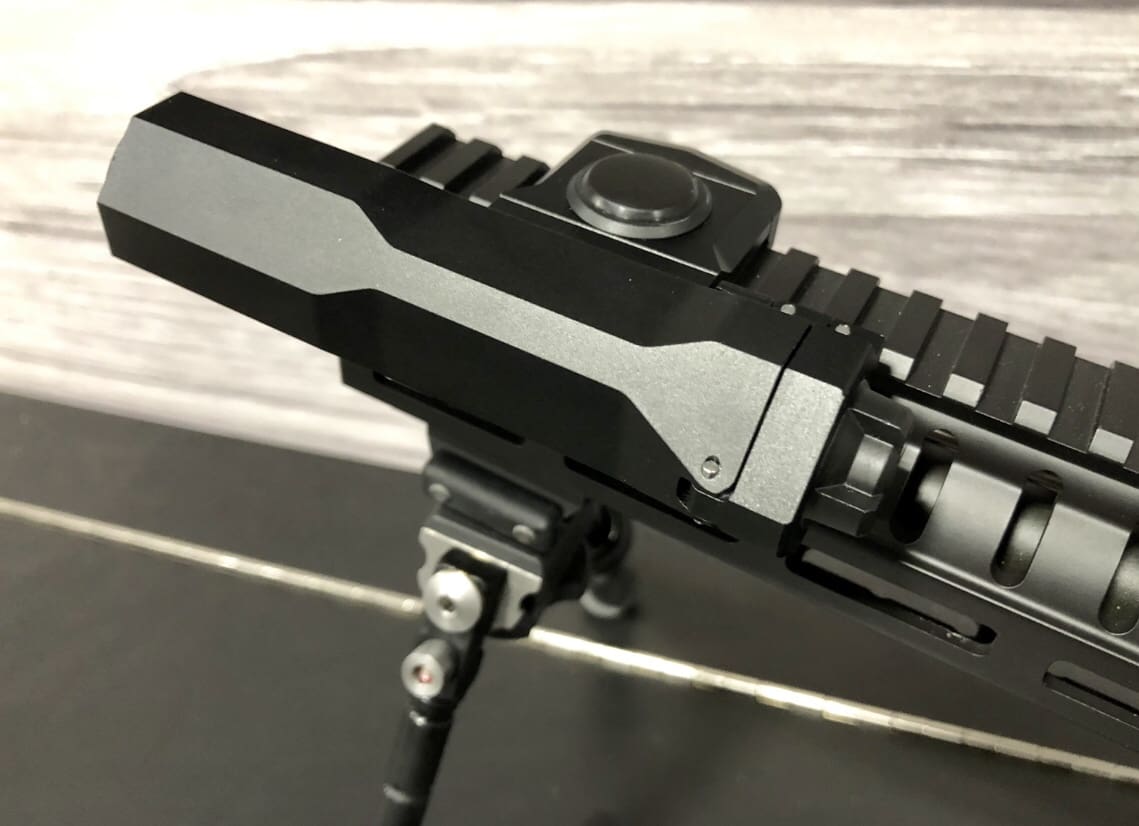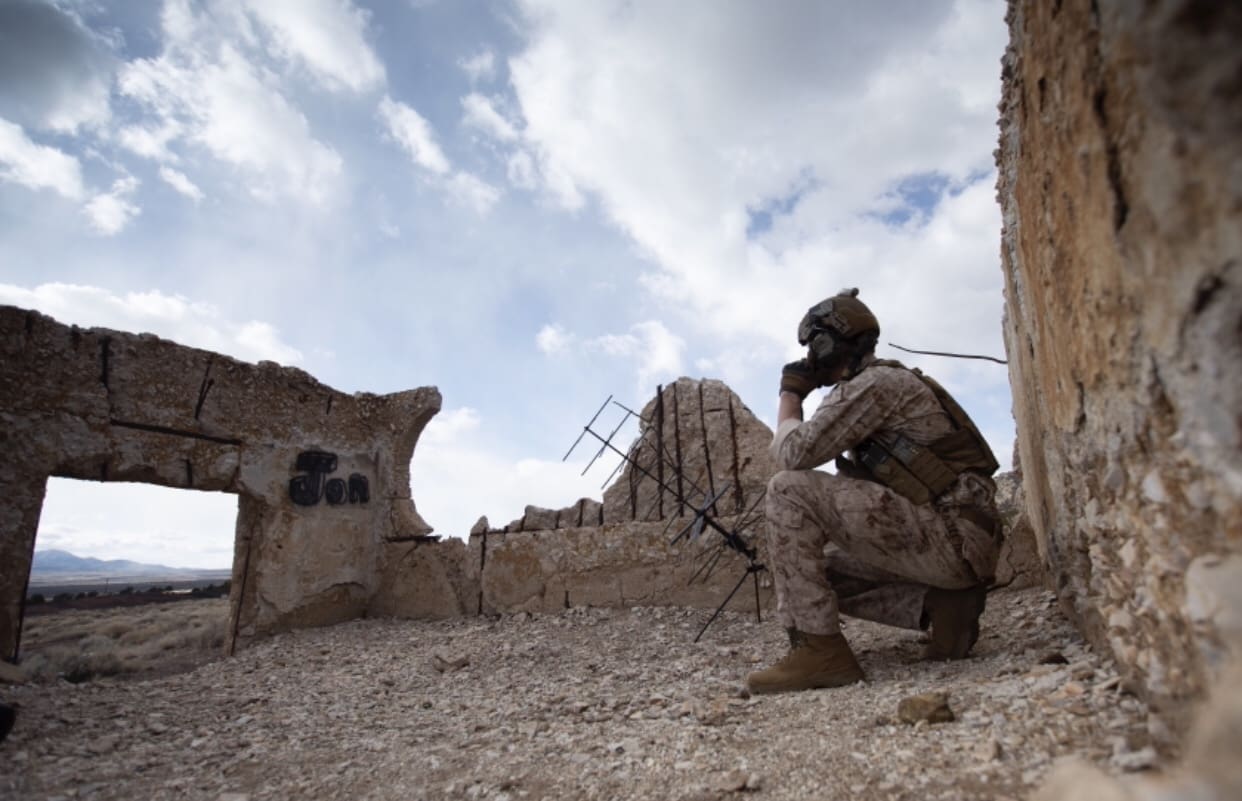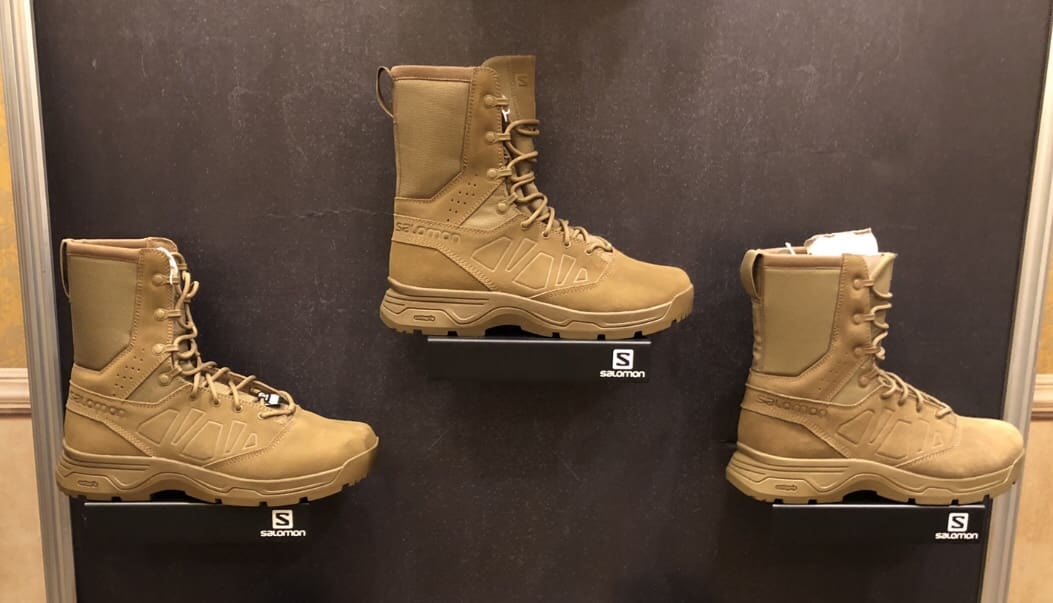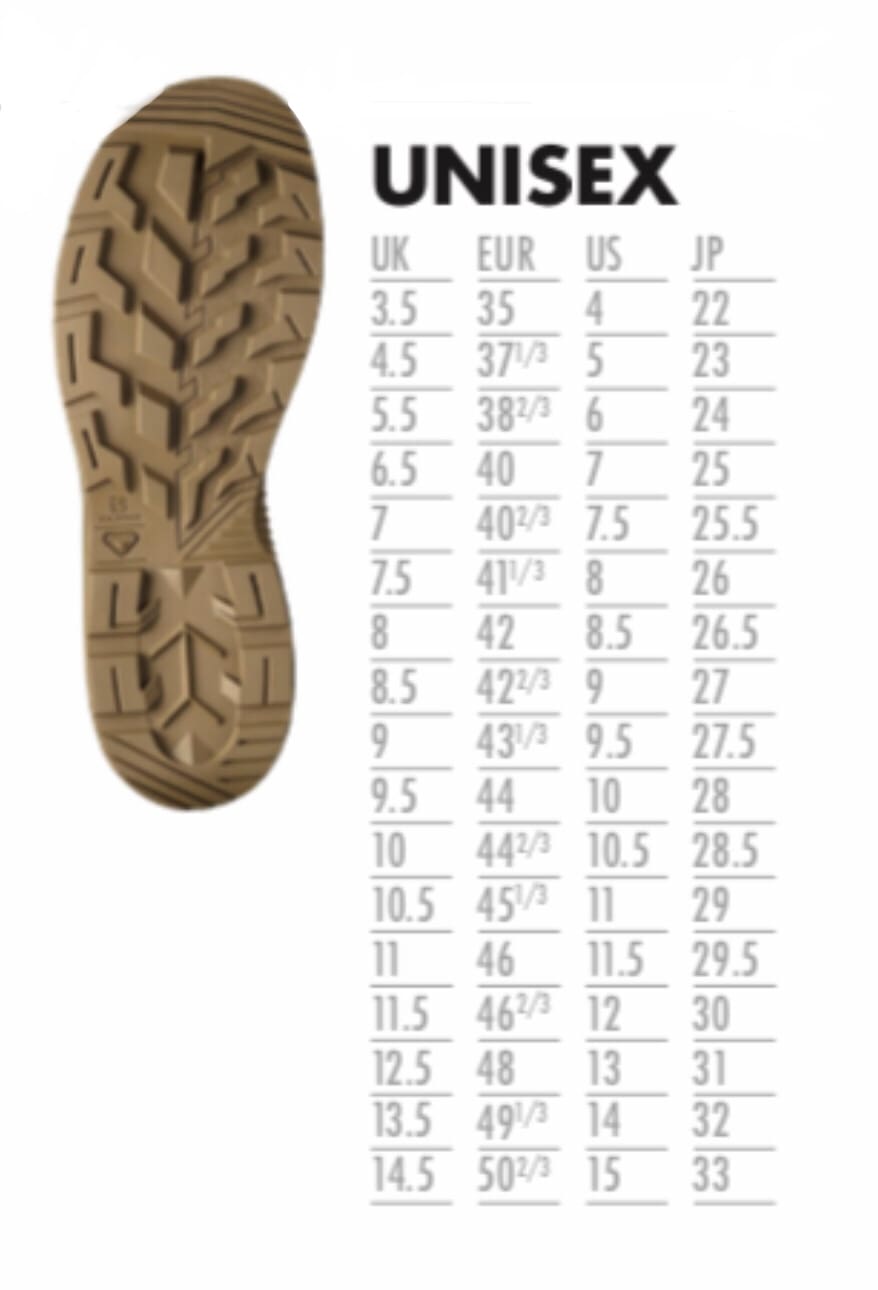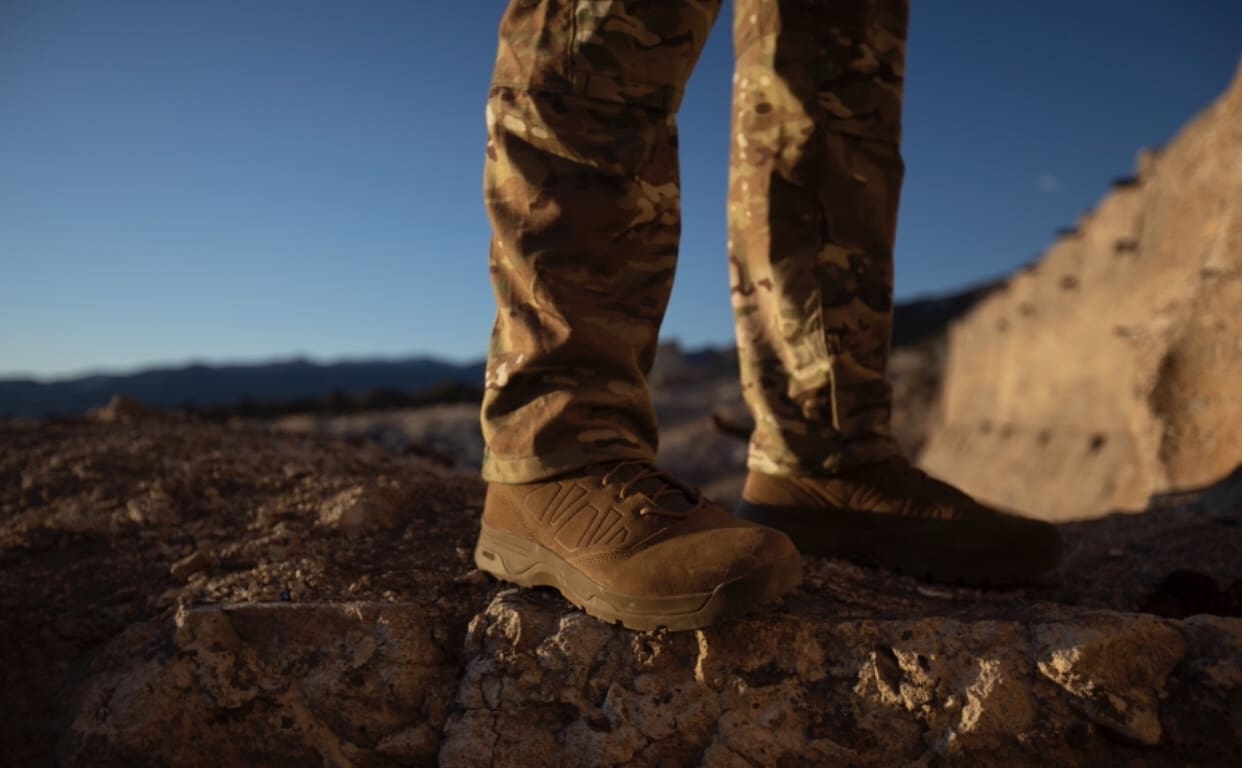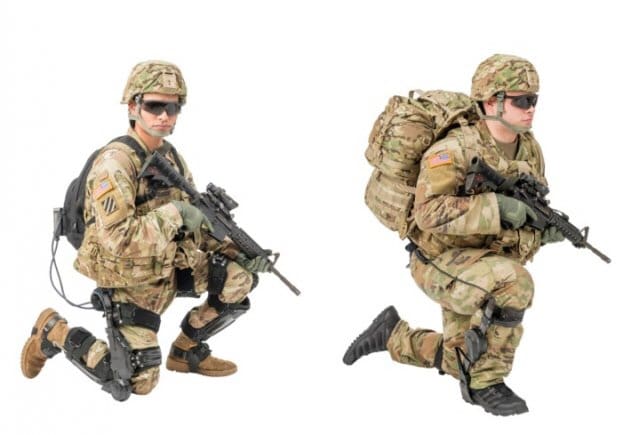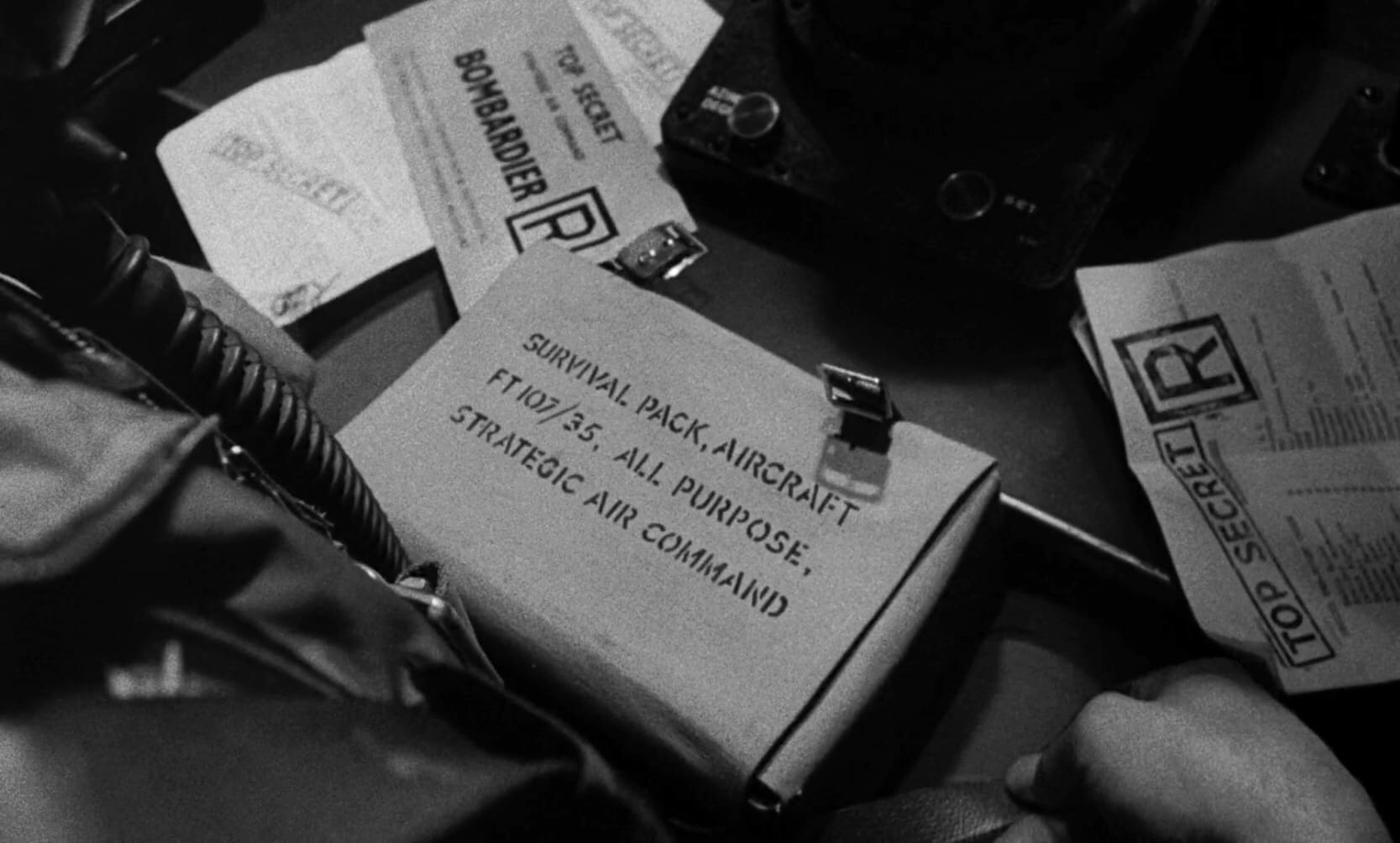ABERDEEN PROVING GROUND, Md. — The Army Materiel Command (AMC) and Army Futures Command (AFC) held a ceremony on January 31, transitioning the U.S. Army Research, Development and Engineering Command (RDECOM) from AMC to AFC. The official date of the transfer is Feb. 3 during which RDECOM will be renamed Combat Capabilities Development Command.
“The United States Army has been focused on the near-term for the last 18 years, and rightfully so. But as we wind down and come out of the conflicts in Iraq and Afghanistan the message is very, very clear, we need to re-focus on large-scale, ground combat and we need to re-focus on the future,” said Gen. John M. Murray, commanding general AFC.
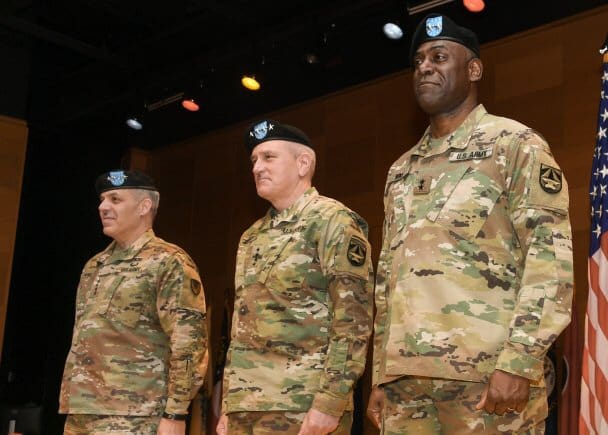
(Left to right) Commanding General Army Materiel Command Gen. Gustave F. Perna, Commanding General Army Futures Command Gen. John M. Murray and Commanding General Combat Capabilities Development Command Maj. Gen. Cedric T. Wins during a Transition of Authority ceremony Jan. 31 at Aberdeen Proving Ground, Md. (Photo Credit: Conrad Johnson)
As the Army’s newest command and the largest of AFC’s three major elements, the Combat Capabilities Development Command (CCDC) comprises eight major and three international centers and laboratories including: Data & Analysis Center; Armaments Center; Army Research Laboratory; Aviation and Missile Center; Chemical Biological Center; Command, Control, Computers, Communications, Cyber, Intelligence, Surveillance and Reconnaissance Center; Ground Vehicle Systems Center; and Soldier Center. The international elements are the regionally aligned Americas, Atlantic and Pacific Centers.
Army Materiel Systems Analysis Activity officially became part of AFC during the ceremony and was renamed Data & Analysis Center. It was realigned with existing CCDC analysis organizations to create an integrated analysis center.
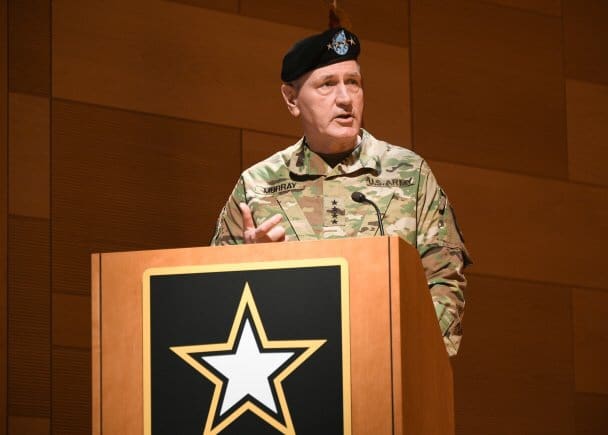
At a Transition of Authority ceremony Jan. 31, Gen. John M. Murray, commanding general Army Futures Command, addresses the Army’s effort to focus on technologies to support Multi-Domain Operations. The ceremony, held at Aberdeen Proving Ground, Md. signified the transfer of the U.S. Army Research, Development and Engineering Command from Army Materiel Command to AFC. (Photo Credit: Conrad Johnson)
The three major elements of the AFC include: Futures and Concepts, Combat Development and Combat Systems.
As part of the Combat Development element, CCDC will focus on fundamental scientific research, technology development, engineering and analysis to support the Army’s six modernization priorities: Long-Range Precision Fires, Next-Generation Combat Vehicle, Future Vertical Lift, the Network, Air & Missile Defense and Soldier Lethality. Key tenants of the CCDC’s mission are speed of delivery and integrating technology into existing weapon systems.
CCDC joining AFC is the next step in the Army’s effort to transform its approach to modernize critical core capabilities that will give Soldiers and allies a decisive edge in battle. As the modernization strategy focuses on delivering capabilities to support Multi-Domain Operations by 2028, CCDC will maintain a balance between scientific research to support MDO and technology that may not be developed until 2050 or beyond.
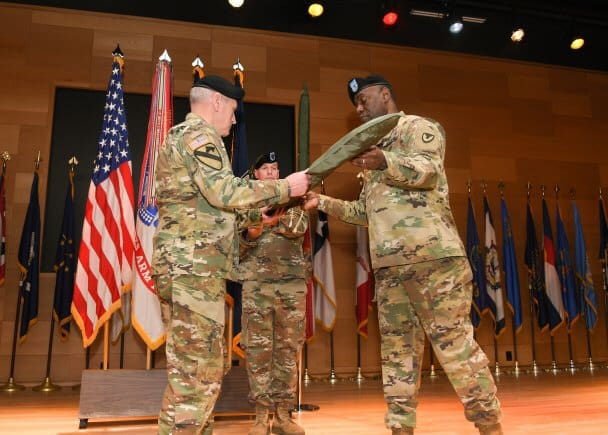
Gen. John M. Murray, commanding general Army Futures Command, and Maj. Gen. Cedric T. Wins, commanding general Combat Capabilities Development Command, uncase the official flag, signifying the transition of the U.S. Army Research, Development and Engineering Command from Army Materiel Command to AFC. (Photo Credit: Conrad Johnson)
“As the last commander of RDECOM and the first commander of CCDC — as a Soldier of more than 30 years — I see no bitterness in what we do here today. I see a new challenge and more reason to hope as we become part of a bigger team taking bolder action to forge the future,” said Maj. Gen. Cedric T. Wins, commanding general CCDC.
To prepare for the move to AFC, CCDC S&T advisors engaged with the Modernization Task Force, which became the AFC Headquarters, and the Cross Functional Teams to help drive the modernization process. The CFTs are composed of subject matter experts from the requirements, acquisition, science and technology, test and evaluation, resourcing, contracting, cost and sustainment communities.
The command also launched an across-the-board campaign plan to gain greater visibility of operations and become more effective and efficient. The campaign plan included reorganizing the command’s portfolio and management structures to mirror the Army’s modernization priorities and naming a lead center for each modernization priority.
CCDC collaborates with hundreds of international and domestic academic and industry partners to maintain a steady stream of world-class technology. Becoming part of AFC will enable CCDC to partner in new ways and provide greater clarity and focus for all of the Army’s major commands.
“The world-class scientists and engineers, technicians and support staff of this organization are some of the most talented and respected professionals in their fields. So on behalf of the countless Soldiers you have supported while you’ve been a member of the AMC family for the last 4,450 days, I personally say ‘thank you’,” said Gen. Gustave F. Perna, commanding general AMC.
—
The U.S. Army Research, Development and Engineering Command has the mission to provide innovative research, development and engineering to produce capabilities for decisive overmatch to the Army against the complexities of the current and future operating environments in support of the Joint Warfighter and the Nation. RDECOM is a major subordinate command of the U.S. Army Materiel Command.
By Argie Sarantinos-Perrin, CCDC HQ Public Affairs



